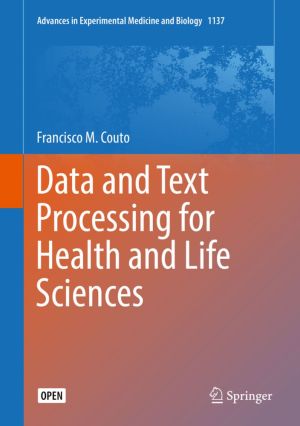Data and Text Processing for Health and Life Sciences
by Francisco Couto
DescriptionTable of ContentsDetailsHashtagsReport an issue
The first two chapters, Introduction and Resources, provide a brief introduction to the shell scripting and describe popular data resources in Health and Life Sciences. The third chapter, Data Retrieval, starts by introducing a common data processing task that involves multiple data resources. Then, this chapter explains how to automate each step of that task by introducing the required commands line tools one by one. The fourth chapter, Text Processing, shows how to filter and analyze text by using simple string matching techniques and regular expressions. The last chapter, Semantic Processing, shows how XPath queries and shell scripting is able to process complex data, such as the graphs used to specify ontologies.
Besides being almost immutable for more than four decades and being available in most of our personal computers, shell scripting is relatively easy to learn by Health and Life specialists as a sequence of independent commands. Comprehending them is like conducting a new laboratory protocol by testing and understanding its procedural steps and variables, and combining their intermediate results. Thus, this book is particularly relevant to Health and Life specialists or students that want to easily learn how to process data and text, and which in return may facilitate and inspire them to acquire deeper bioinformatics skills in the future. 






Book Description
This book is a step-by-step introduction on how shell scripting can help solve many of the data processing tasks that Health and Life specialists face everyday with minimal software dependencies. The examples presented in the book show how simple command line tools can be used and combined to retrieve data and text from web resources, to filter and mine literature, and to explore the semantics encoded in biomedical ontologies. To store data this book relies on open standard text file formats, such as TSV, CSV, XML, and OWL, that can be open by any text editor or spreadsheet application.The first two chapters, Introduction and Resources, provide a brief introduction to the shell scripting and describe popular data resources in Health and Life Sciences. The third chapter, Data Retrieval, starts by introducing a common data processing task that involves multiple data resources. Then, this chapter explains how to automate each step of that task by introducing the required commands line tools one by one. The fourth chapter, Text Processing, shows how to filter and analyze text by using simple string matching techniques and regular expressions. The last chapter, Semantic Processing, shows how XPath queries and shell scripting is able to process complex data, such as the graphs used to specify ontologies.
Besides being almost immutable for more than four decades and being available in most of our personal computers, shell scripting is relatively easy to learn by Health and Life specialists as a sequence of independent commands. Comprehending them is like conducting a new laboratory protocol by testing and understanding its procedural steps and variables, and combining their intermediate results. Thus, this book is particularly relevant to Health and Life specialists or students that want to easily learn how to process data and text, and which in return may facilitate and inspire them to acquire deeper bioinformatics skills in the future.
This open book is licensed under a Creative Commons License (CC BY). You can download Data and Text Processing for Health and Life Sciences ebook for free in PDF format (3.0 MB).
Table of Contents
Chapter 1
Introduction
Biomedical Data Repositories
Scientific Text
Amount of Text
Ambiguity and Contextualization
Biomedical Ontologies
Programming Skills
Why This Book?
How This Book Helps Health and Life Specialists?
What Is in the Book?
Chapter 2
Resources
Biomedical Text
Semantics
Further Reading
Chapter 3
Data Retrieval
Caffeine Example
Unix Shell
Web Identifiers
Data Retrieval
Data Extraction
Task Repetition
XML Processing
Text Retrieval
Further Reading
Chapter 4
Text Processing
Pattern Matching
Regular Expressions
Position
Tokenization
Entity Recognition
Pattern File
Relation Extraction
Further Reading
Chapter 5
Semantic Processing
Classes
URIs and Labels
Synonyms
Parent Classes
Ancestors
My Lexicon
Generic Lexicon
Performance
Entity Linking
Large Lexicons
Further Reading
Book Details
Title
Data and Text Processing for Health and Life Sciences
Subject
Medical
Publisher
Springer
Published
2019
Pages
107
Edition
1
Language
English
ISBN13
9783030138448
ISBN10
3030138445
ISBN13 Digital
9783030138455
ISBN10 Digital
3030138453
PDF Size
3.0 MB
License

Related Books
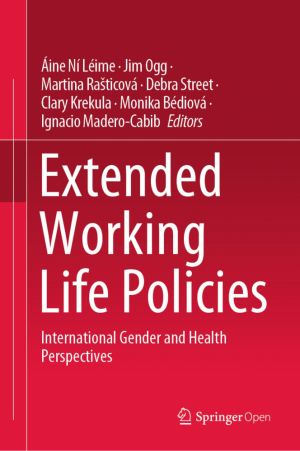
This volume addresses the current debate on extended working life policy by considering the influence of gender and health on the experiences of older workers. Bringing together an international team of scholars, it tackles issues as gender, health status and job/ occupational characteristics that structure the capacity and outcomes associated with...
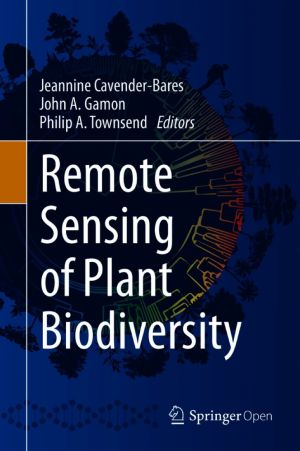
This open volume aims to methodologically improve our understanding of biodiversity by linking disciplines that incorporate remote sensing, and uniting data and perspectives in the fields of biology, landscape ecology, and geography. The book provides a framework for how biodiversity can be detected and evaluated - focusing particularly on plants -...
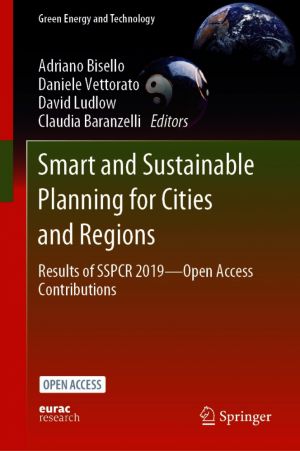
This open book offers a selection of research papers and case studies presented at the 3rd international conference "Smart and Sustainable Planning for Cities and Regions", held in December 2019 in Bolzano, Italy, and explores the concept of smart and sustainable planning, including top contributions from academics, policy makers, consult...
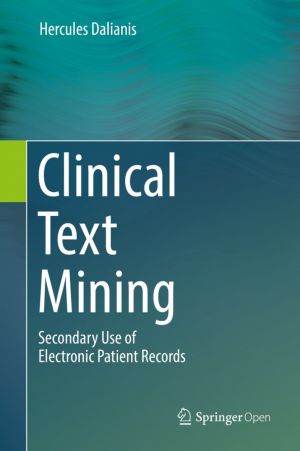
This book describes the results of natural language processing and machine learning methods applied to clinical text from electronic patient records.It is divided into twelve chapters. Chapters 1-4 discuss the history and background of the original paper-based patient records, their purpose, and how they are written and structured. These initial ch...
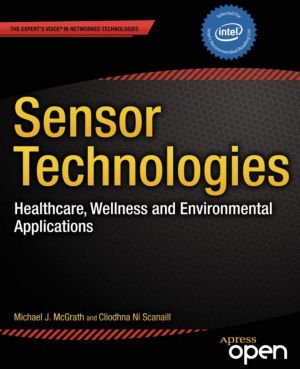
Sensor Technologies: Healthcare, Wellness and Environmental Applications explores the key aspects of sensor technologies, covering wired, wireless, and discrete sensors for the specific application domains of healthcare, wellness and environmental sensing. It discusses the social, regulatory, and design considerations specific to these domains.
...
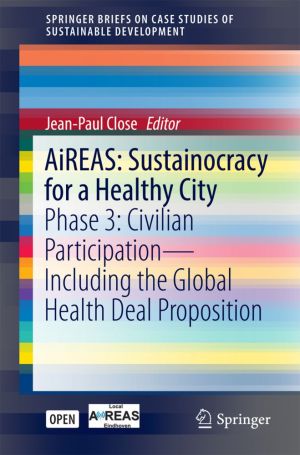
This volume describes phase 3 of the AiREAS multidisciplinary cocreation effort to produce a Healthy City. Phase 1 referred to making visible the invisible from an air quality and human exposure perspective. Phase 2 studies air quality related to health and Phase 3 looks at air quality, health and lifestyle from the perspective of persuasion to inn...

